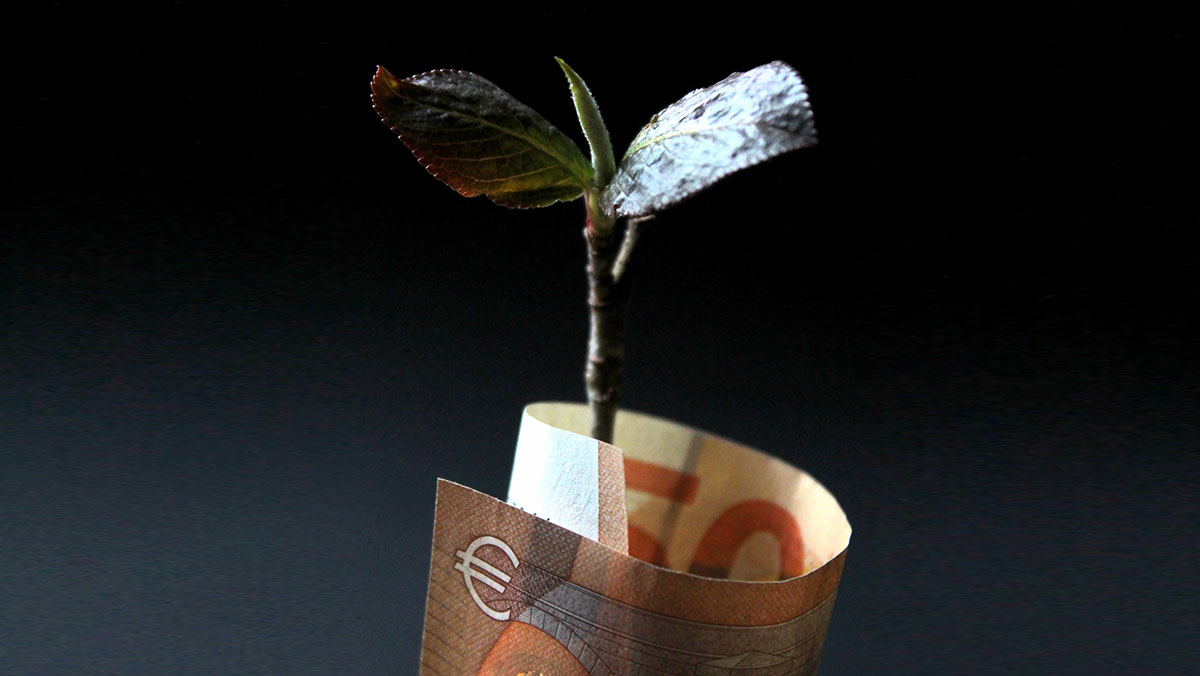
People will see your advertising, experience your customer service, and gradually get to a point where they wouldn’t dare buy your competitor’s brand. The way to increase sales is to increase the number of people who feel this way about your brand.
This is how I understood “brand loyalty” in my early days as a marketer. Unless they worked at P&G or Unilever, this is how most people understood loyalty.
And then, Professor Byron Sharp pulled the rug out from under my feet.
When I was introduced to How Brands Grow a few years ago, I was initially confused. This subliminal text tells us that brands do not grow because they gradually amass loyalists over time.
The type of customers actually contributing towards your brand growth buy from you only on occasion, and are polygamous (i.e., buy from your competition on occasion, too). The theory was backed by years of data across industries. A few Google searches later, I was convinced that this was the ultimate truth.
I still do. Because data and the support of the marketing fraternity have been piling up against my old brands-grow-through-loyalty ideology.
The ‘other side’
Over the past two years, I have seen more and more marketers participate in the evidence-based vs. loyalty-based brand growth debate on LinkedIn. More and more, I have witnessed the support for the loyalty-based side drying up.
Maybe that’s because the algorithm notices my bias and fuels it in return for more minutes of my attention. But of course, the evidence is overwhelming.
But, like any ideological shift, insurgent theories that are bandied around inside auditoriums take center stage. And as they near mainstream popularity, you find groups of people taking the theory out of context. The oppressed, become the oppressor.
Today, if I put something up in favor of loyalty, I’d surely be ridiculed online. The same mouths that yelled ‘TV is dead’ (incorrectly) now yell ‘loyalty is irrelevant’.
Is loyalty irrelevant?
Much like Schroedinger’s cat, I think it is both dead and alive, until you look inside the box. The box is the brand’s situation. You will see that in most categories, brand growth comes from the chance buyer.
Firstly, this means that there are outliers. The key is context. I discourage my clients from thinking about loyalty in a general sense. Being aware of your business context, and analyzing the data before you come to conclusions are among some of the things I advise my clients to do.
Secondly, the evidence-based view of brand growth does not claim that loyalty is irrelevant to the brand growth equation. It points out that the importance of loyalty is clearly over-emphasized.
A lot of the confusion is also caused by how brand loyalty is thought of as the same sentiment as human loyalty. I have a deep-seated loyalty toward my wife. But I will not think twice about ordering Burger King if McDonald’s refused to deliver.
The right way to go about loyalty
If you were with me this far, you will know that there is no one right way. A lot depends on the category and nature of your business. The data suggests that brand growth from loyal customers is the outlier, not the law.
Obviously, though, the data does not indicate a universal constant as to what the ideal way is to split your budgets between brand activations for loyal and non-loyal customers.
I see brand loyalty as a function of familiarity. After a brand has surpassed a certain level of familiarity in the consumer’s mind, it creates a cognitive speed bump making them (the customer) too lazy to consider other brands in the category.
Paradoxically, this sense of familiarity is driven by creative commitment, reach, and salience, as opposed to million-dollar investments in loyalty programs.
Loyalty as a function of cognitive fluency
Our brains try to conserve as much energy as they can when making decisions. Our brains favor familiarity. Familiar faces are perceived to be more trustworthy than new faces (there are outliers to this one, too), only because familiar faces save our brains a lot of energy.
For brands, this means getting your distinctive assets in front of people through multiple touchpoints. Customers are more likely to choose your brand because of this, and not because of your loyalty program.
Conclusion, but after an anecdote about supermarkets
I have loyalty cards at all 5 supermarkets near me, but I prefer walking to the supermarket furthest away – compared to the other 4, the only difference I can verbalize is that this supermarket is better-lit and cleaner. But when it’s late at night, or if I don’t feel like walking, I would go to the supermarket closest to me – the smelliest one of them all (if you ever wanted a case study on how the smell of fish can be a distinctive brand asset, this is the brand to refer to).
I am a repeat customer of both brands. I have a lot of loyalty points at both supermarkets. But do I feel a sense of loyalty towards any one of them? No. If they cease operations tomorrow, I wouldn’t miss them a bit.
Other than them both occupying a clear position in my mind (i.e., the nice well-lit one and the smelly one), they have these things in common – they collectively have 70-80% SOV (and share of market). Their media spend is almost exclusively on traditional mass marketing. They both depreciated the monetary value of a loyalty point over the past 12 months (the other brands didn’t).
The moral of the story is this, brand loyalty is not as visceral an emotion as human loyalty. Brand loyalty is a byproduct of your marketing activities to your entire target market. Be clear as to what the law is, what the outliers are, and what your place is in the spectrum.
Cover image source: Anne Nygård